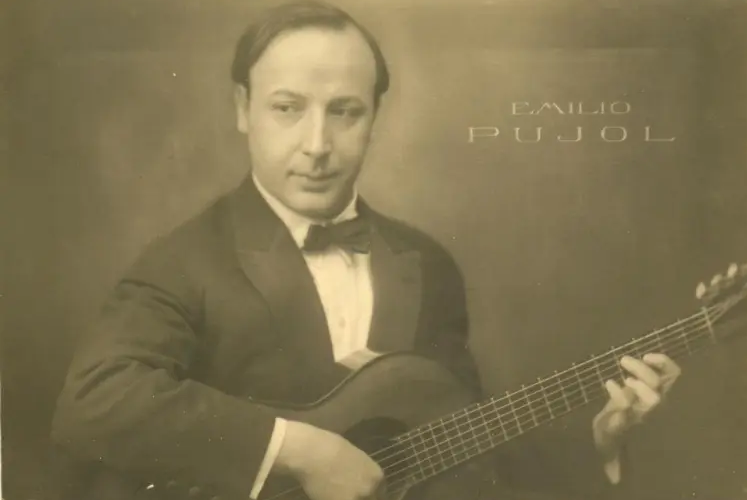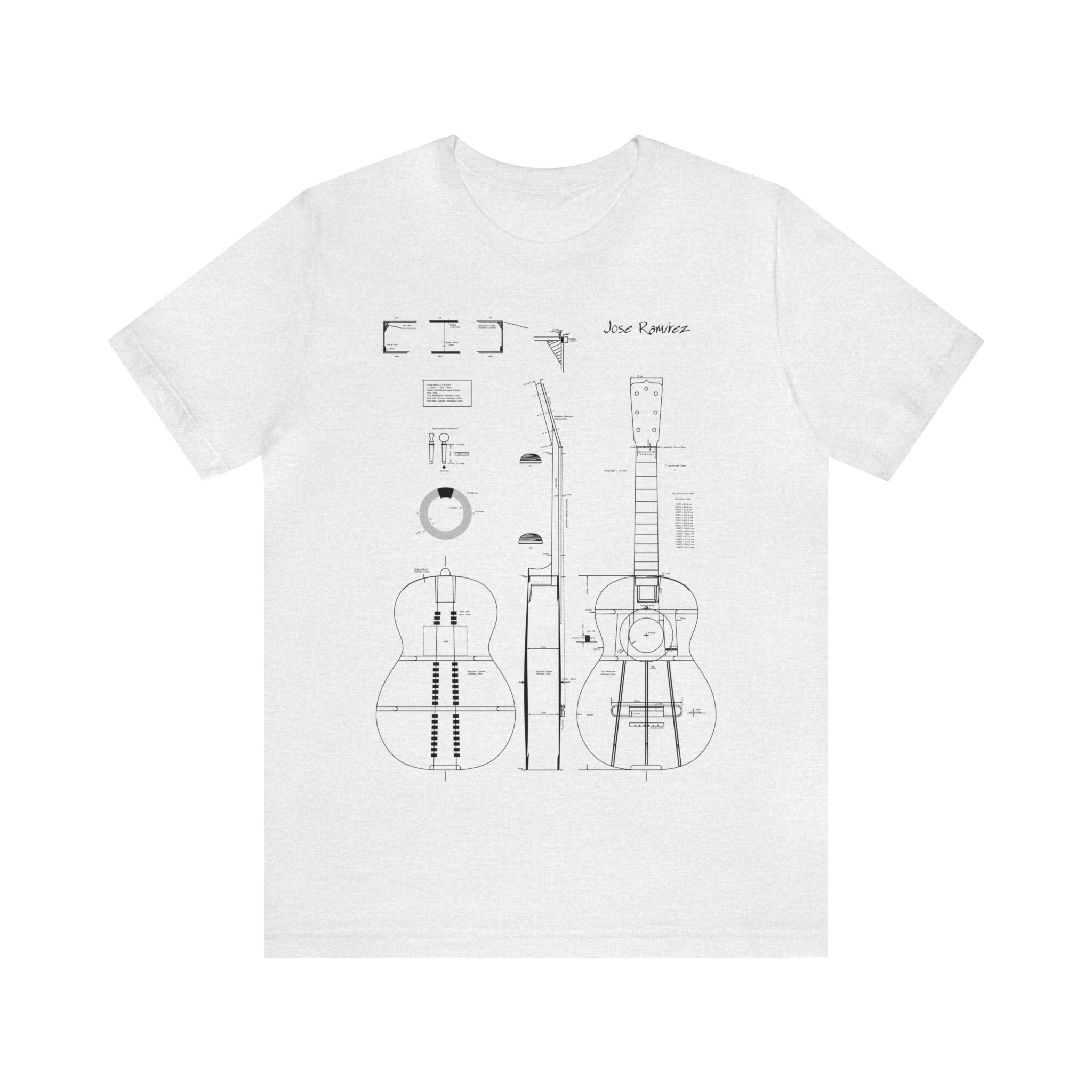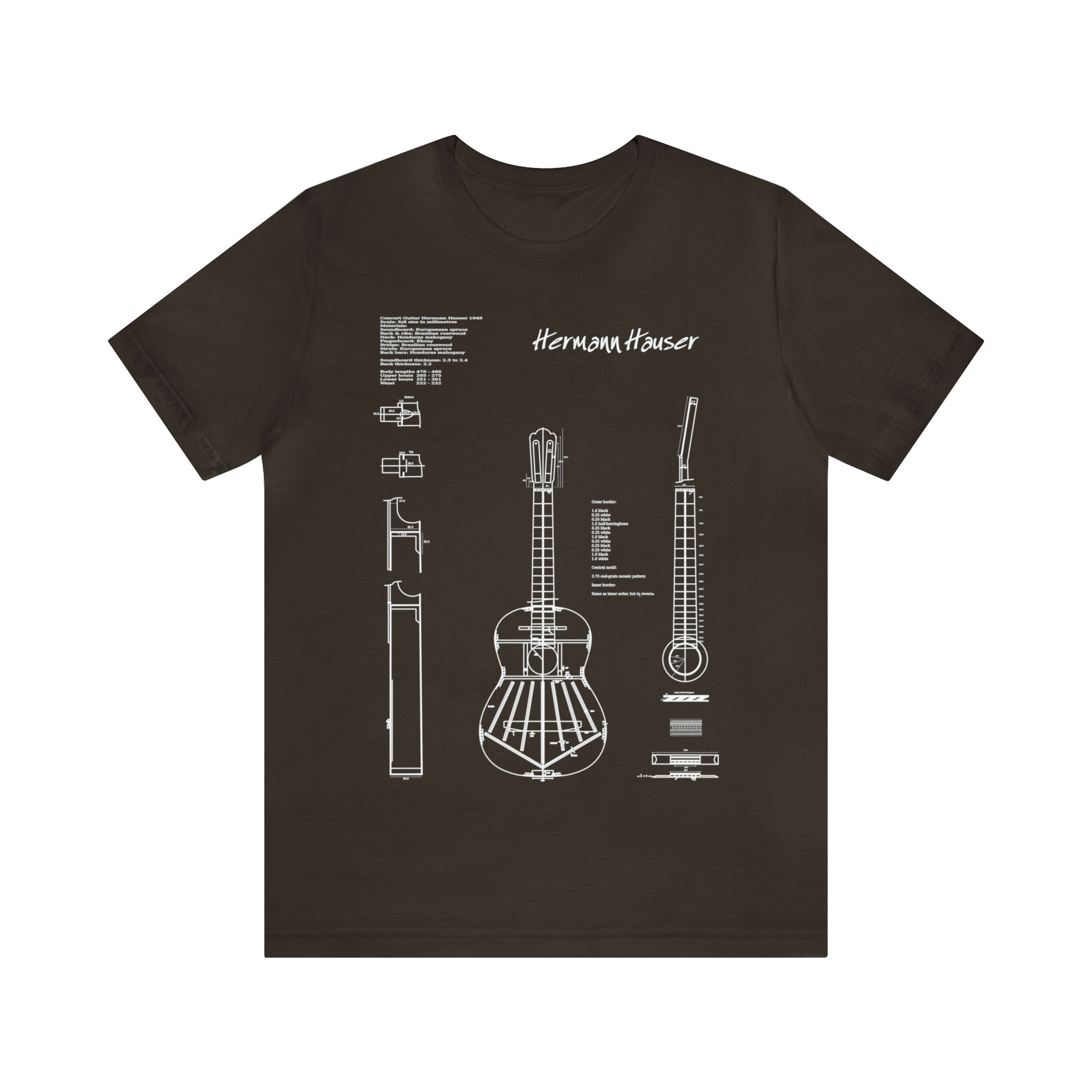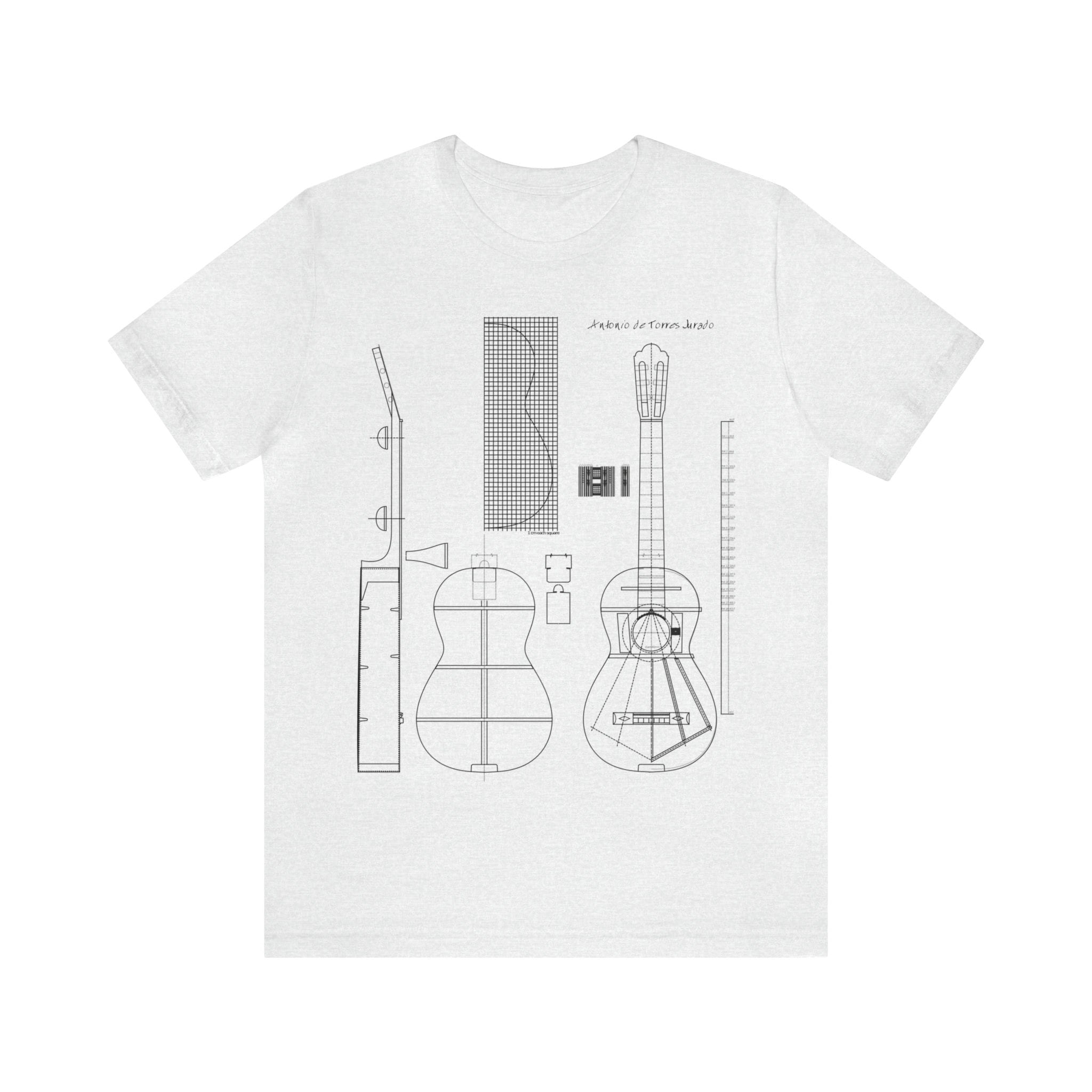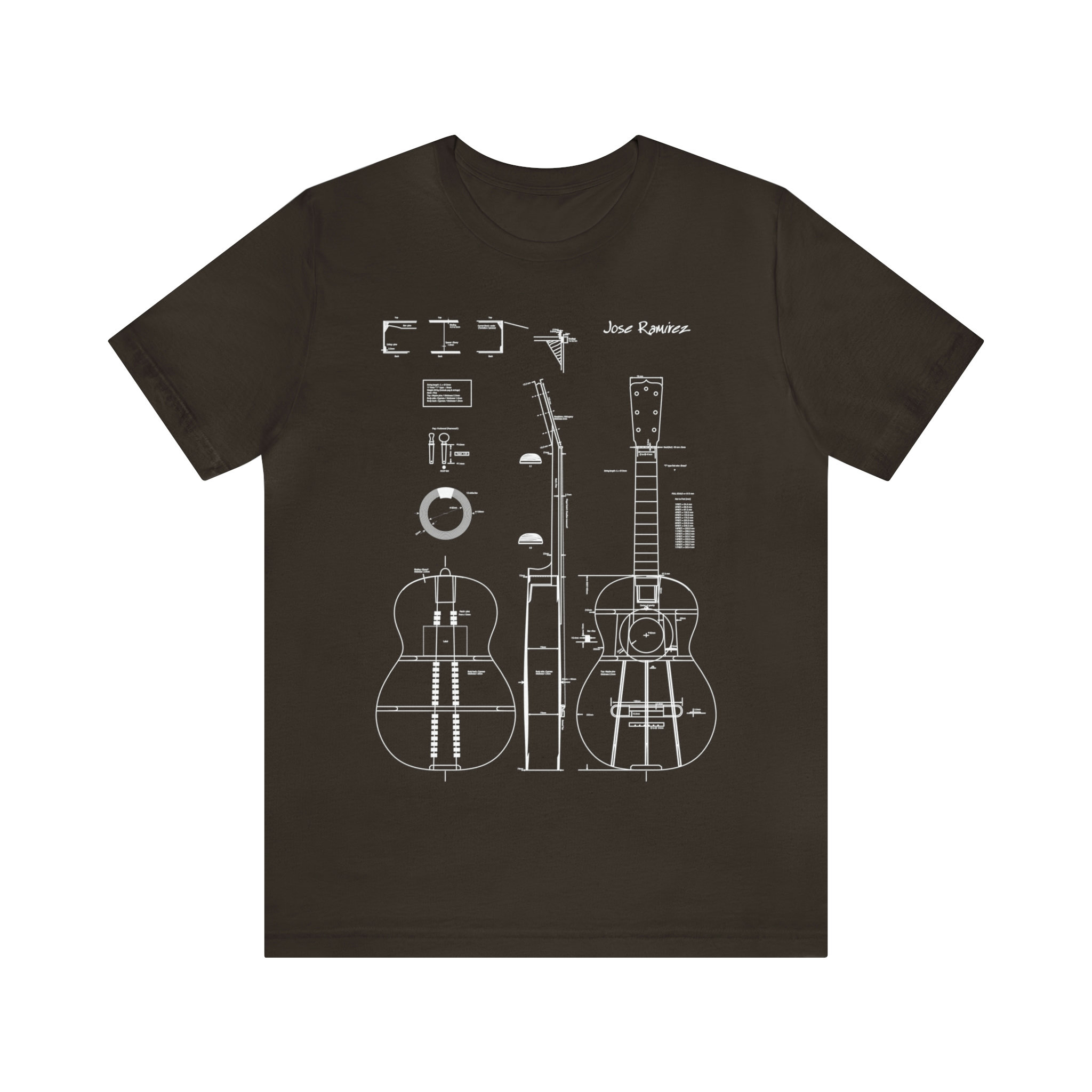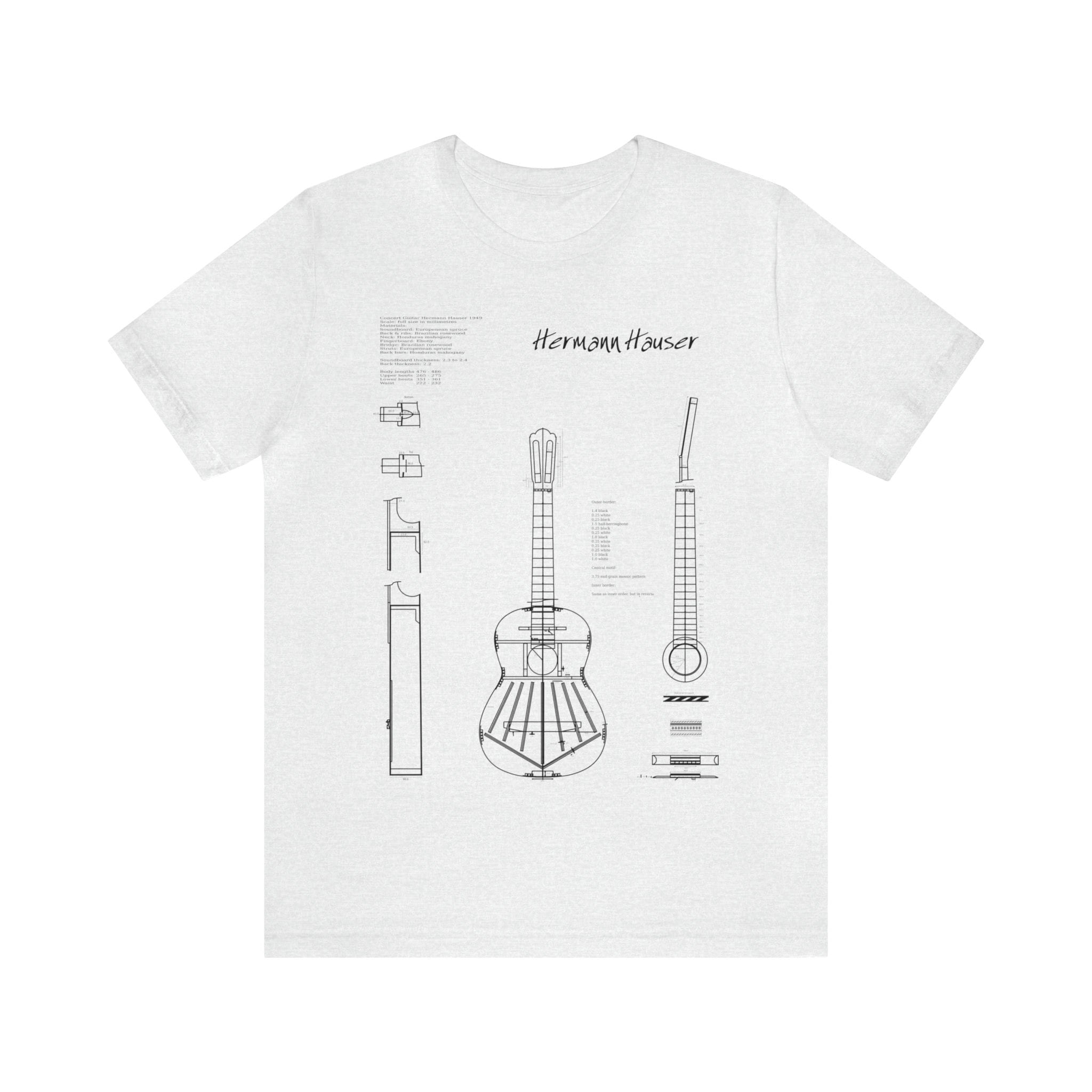An “Encyclopedia” of the Guitar
Inseparable from its historical context, “The Reasoned School of Guitar” strives to be clear and convincing through a sum of examples and explanations, with a concern for seriousness and erudition. The attention paid to fingerings and the meticulousness of the text guide the self-taught, the composer, or the student who will delve into it. The numerous references to techniques and methods from the past give the student an overview of the evolution of the instrument within the subjects covered. Its reference to Aguado’s method for working on linked passages; to Sor’s for the evolution of fingerings; or the referral to the notation of vibrato in old tablatures, are examples of this.
The cited examples show how Pujol gradually moved towards greater conciseness in presentation over the volumes. The exercises also became increasingly shorter and condensed around a single difficulty. The exercises in volume II are mostly short compositions, while later on, one will find rather mechanical preparatory exercises related to more important studies. This evolution of the method could be attributed to a change in the author’s didactic over the forty-year period covered by the conception and publication of the work. Pujol indicates in the preface of volume III that the evolution of the instrument’s technique led him to introduce logical systems not foreseen in the previous volumes, capable of solving difficulties in the most efficient way. However, as far as the text is concerned, it appears more plausible that the reduction in comments between volumes II and III is intentional, and results from the supposed progression of the student during the method.
Pujol’s taste for theoretical explanations seems to meet his pedagogical objective and, more broadly, his desire to expose all of his knowledge about the instrument. To support this hypothesis, one can cite the place given in the text of the fourth volume to subjects such as phrasing, specific playing techniques, or general rules for fingerings, which had not yet been dealt with in detail. Let us also recall the existence of the first volume, as well as that of the unfinished fifth volume, largely dedicated to aesthetics, pedagogy, and interpretation, which would certainly have reflected the author’s artistic personality.
Adaptation
The concept and layout are representative of its time; the key ideas are organized in paragraphs, whereas more recent methods use different means to attract attention and facilitate learning (position photos, colors, humorous drawings). This method lacks the playful and appealing aspects of current methods, which are adapted to the age and level of increasingly younger students and are based on today’s educational criteria (whereas, as we have seen, Pujol’s method is not aimed at a specific audience but at several at once). This is why the method has some disadvantages that may pose obstacles to its use with young beginners: the bilingual edition and the amount of text may be discouraging; the French translation is sometimes awkward; some exercises in volume II are a bit long and sometimes difficult due to the slurs.
However, the material is vast enough to contain usable elements for beginner children, provided they are guided. If we take the simultaneous placement of several fingers of the left hand on the handle and the change of position, it is necessary to make the musical significance of this principle explicit to the student, with concrete examples on the instrument that show the difference between well- and poorly-executed gestures. Some methods for children are slow to address this principle, which has the effect of limiting, by wanting to simplify the work, the student’s conception of the instrument. By adopting Pujol’s reasoning, we can follow the same progression starting from an easier chord for small hands, such as the E minor chord, which is much easier for a child to hold than the example in C proposed. Then we can adapt the exercises to the student.
Therefore, we can precede theory with experience, approaching exercises and studies in a lively way; we can use it as a technical notebook; vary the rhythmic figures in the exercises and invent others; also draw work directions. On the other hand, the examples in the appendix relating to the exercises in volume III can, in some cases, be done at the same time as those in volume II if they are adapted to the less advanced student. The same goes for some studies in volume III and for some formulas in volume IV. The method must therefore be modulated according to one’s own educational goals, the needs of the students, and the allotted class time, and combined with other works that take into account the various repertoires available (contemporary, Latin-American, current music, etc.).
The teacher can accompany the student in reading some passages on a punctual basis, to consolidate gains, rely on various advice on work organization, or on the moral values expressed. Thus, for example, the student’s effort is valued and presented as a condition of success in artistic research. The method also allows one to confront one’s own ideas or those of the student with those defended by the text. To make full use of this method, the teacher must therefore know it in order to make it accessible to students and make the most of its possibilities.
The adaptation of this method must therefore be guided by the concern to transform the image of the doctor facing the patient…
The modern aspects
The Pujol method contains aspects that are still relevant today. The effort of synthesis and schematization, which somewhat resembles the tab system, is a widely used idea in more recent methods.
Pujol puts sound at the forefront of his pedagogical concerns; he invites the student to be aware from the start that the quality of the sound is linked to the attack of both hands: “the correct placement of the fingers [of the left hand] and the strength used to hold the strings also contribute to the beauty of the sound”5.10; “in no case should the resistance offered by the string overcome the effort of the last phalanx [of the right hand fingers] forcing it to yield in the opposite direction”5.11. Although he expresses his preference for playing without nails, he notes that this is a strictly personal choice, without entering into a debate that will be the subject of a short essay.
The meticulous analysis implemented to exactly target a specific problem can be a valuable help for the more advanced guitarist to develop their ability to analyze the problems encountered in the pieces and to optimize their work time.
Pujol well conveys in “Escuela Razonada de la Guitarra”, the feeling that musical and artistic education is composed of a very diverse set of knowledge. He encourages the student to forge a culture and to go beyond the framework of his instrument. This overall view of education is on the agenda in today’s musical education institutions.
Conclusion:
Musicology is a field that has greatly developed and brought enrichment to repertoire and specialization of performers, often playing on ancient instruments. Pujol was one of the initiators of this rediscovery movement through his research and teaching, with students such as Javier Hinojosa and Hopkinson Smith engaging in this endeavor.
The period at the turn of the two centuries was a turning point in the history of the guitar, and Pujol’s method is a faithful witness to this. Like the methods of past composer-performers, the “Raisonnée School of Guitar” contains thoroughly composed material throughout and has been tested and revised over a long teaching experience. It reflects the work of a complete musician.
With the “Raisonnée School of Guitar,” Pujol seemed to bet on the importance of solid guitarist training as a means of ensuring the future of the instrument. His method is not designed as a closed system, but rather aimed towards the future. Pujol says, “The constant evolution of music leads to technical evolution” or “We do not claim to exclude the work of other authors with this work. No personal work can contain the subtleties created by pedagogy in its constant development.”
Some current methods are directly or indirectly inspired by the “Raisonnée School of Guitar,” such as “Approach to the Guitar” by Arnaud Sans, “The Guitar” by Arnaud Dumond, “The Guitar” by Didier Bégon, or “A modern approach to the guitar based on the principles of Emilio Pujol” by Guido Topper. These methods, intended for first-cycle students, are adapting the spirit of Pujol’s method for young beginners.
The “Raisonnée School of Guitar” is one pedagogical option among others, but it has become a reference work for the 20th century guitar, offering a wide range of knowledge and applications. Pujol thus achieved a multi-functional work as he wished from the beginning. However, as a teacher, it cannot be seen as a ready-to-use method, as it is necessarily rooted in its time and must be adapted to the current context for practical use. The presented material is still effective, but must be distilled for each student based on their level and progress.
Many conservatories in France and abroad commonly use the “Escuela Razonada de la Guitarra” today, including the CNR of Boulogne and Marseille and the Paris Normal School of Music.
Classical Guitar
